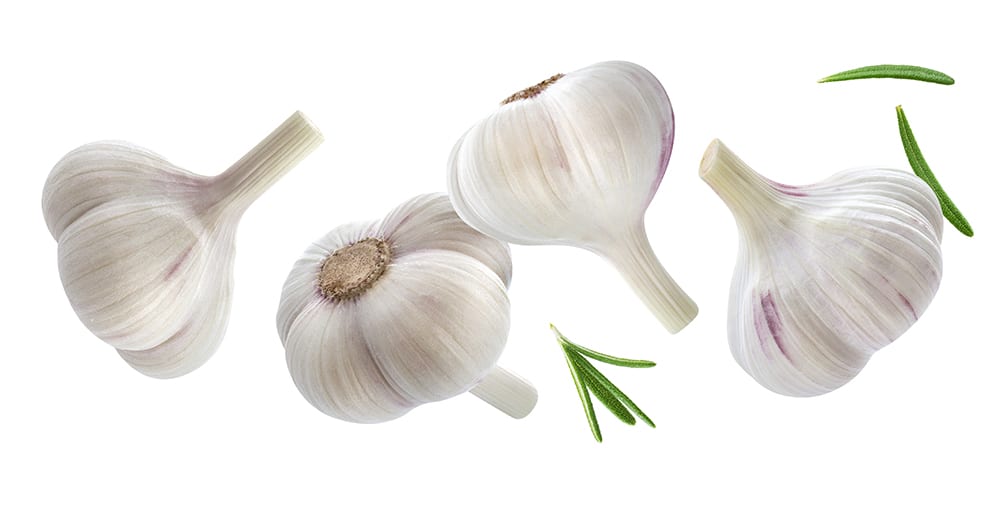Pharmaceutical antibiotics are undoubtedly one of humanity’s greatest inventions. They help to save many people’s lives who would otherwise have died from various infections. Different types of pharmaceutical antibiotics are available. Using different kinds, you can treat bacterial infections and some kinds of parasites. The trouble with antibiotics, though, is that they can’t treat infections that are caused by viruses or fungi. This means that infections like colds, flu, many types of coughs, and sore throats are immune to antibiotics treatment. Another problem with antibiotics these days is that they are over-prescribed at times. This is dangerous because the misuse and overuse of antibiotics can lead to antibiotic resistance.
This is when an antibiotic has lost the ability to control or kill bacteria. In other words, the bacteria are now resistant, and they continue to multiply. Despite the presence of an antibiotic, infection tends to get worse. The good news is that nature has provided us with many natural antibiotics. These also help to fight many infections. They might not be enough to treat severe infections. But, they can sometimes be useful as an adjunct treatment along with what your doctor has prescribed. Read on for 15 natural antibiotics

1. Garlic
This pungent little bulb beloved by many food lovers is, according to science, a natural antibiotic, with antiviral and antifungal properties. A 1999 study found that garlic contains sulfur compounds called allicins. These act as natural antibiotics. A study in 2011 confirmed the previous study’s findings, using garlic in the form of an extract. Besides, to its germ-killing abilities, garlic also contains a wide variety of vitamins, minerals, and nutrients that are beneficial to the body. Garlic is low in calories, but it is rich in Manganese, Vitamin B6, and Vitamin C. It also contains significant amounts of iron, Vitamin B1, phosphorus, potassium, and copper.

Garlic can also help to kill intestinal parasites. To do this, eat 2 or 3 raw cloves of garlic every day on an empty stomach. Include garlic in your cooking, as well. You can also take garlic supplements to protect yourself against various diseases and pathogens. It is a good idea to consult a doctor before starting to take any supplement. Garlic is safe to consume, but its huge doses have the potential to cause internal bleeding. This is particularly important when considering garlic supplements or extract. Do not exceed the recommended dose. People who take blood-thinning medication should consult a doctor before taking garlic for antibiotic purposes. Remember garlic can amplify the effects of this kind of drug.
